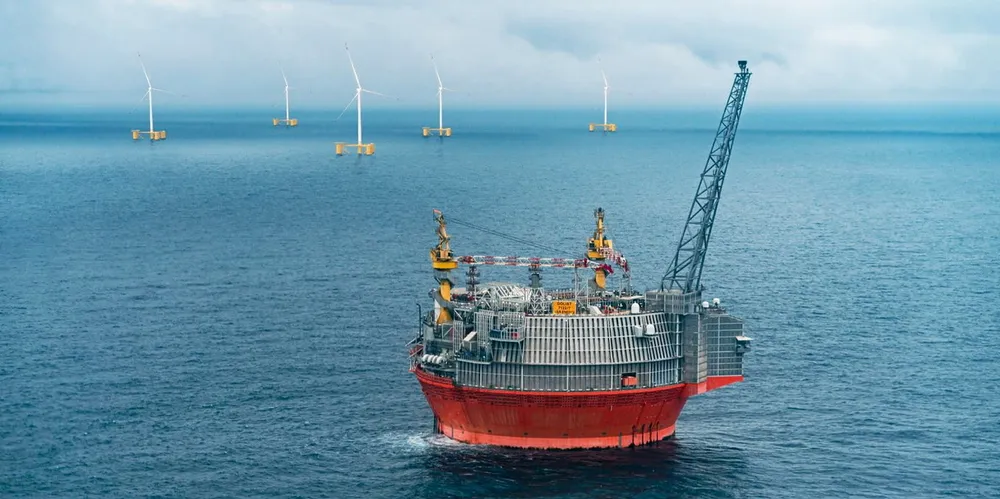First-ever floating wind power array in Arctic Circle planned with link to offshore oil field
Norwegian trio Odfjell Oceanwind, Source Galileo Norge and Vår Energi move forward with 75MW GoliatVind that would be wired into eponymous oil field in Barents Sea
